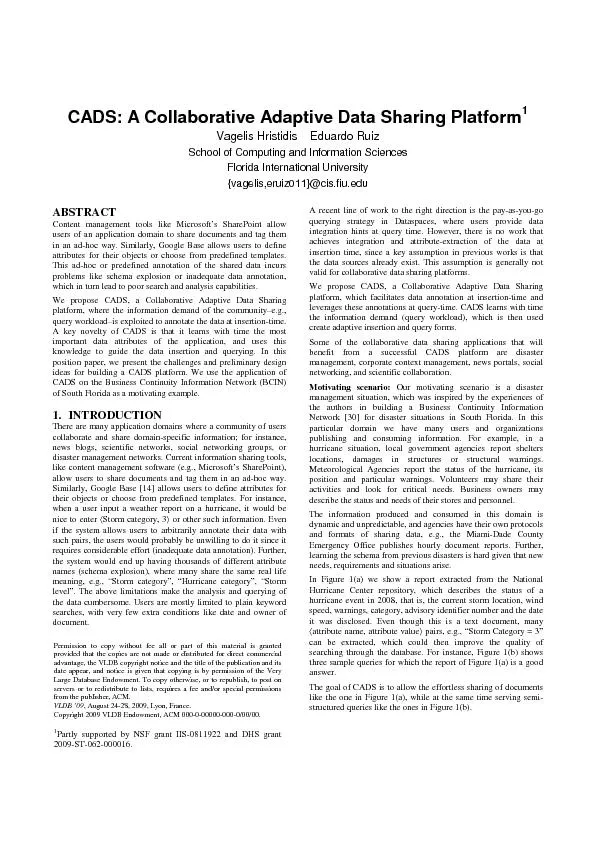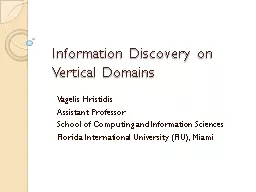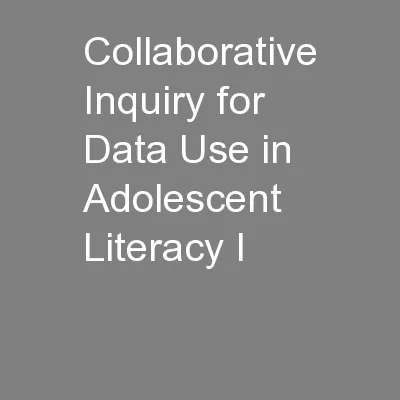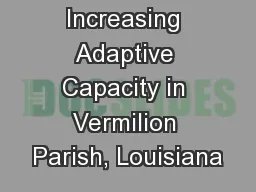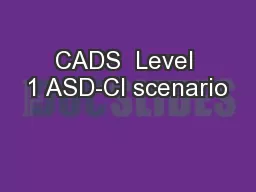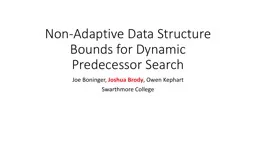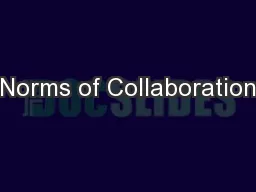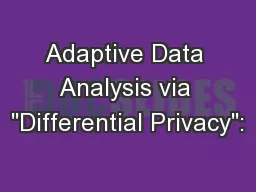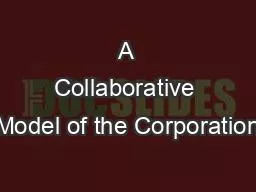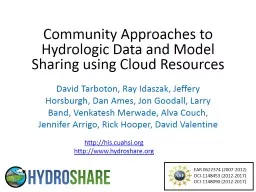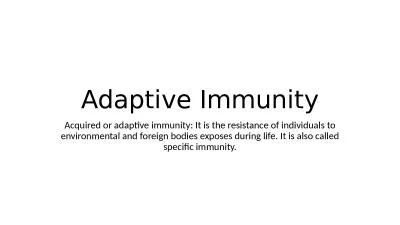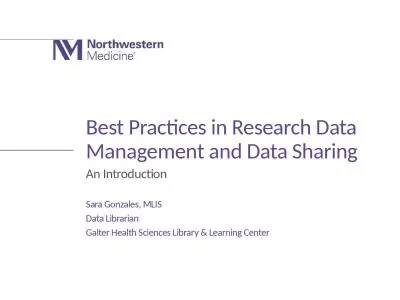PDF-CADS: A Collaborative Adaptive Data Sharing PlatformVagelis Hristidis
Author : phoebe-click | Published Date : 2016-10-24
The structure of the paper is as follows In Section 2 we discuss the relationship of CADS to other research efforts Section 3 presents the preliminary design of
Presentation Embed Code
Download Presentation
Download Presentation The PPT/PDF document "CADS: A Collaborative Adaptive Data Shar..." is the property of its rightful owner. Permission is granted to download and print the materials on this website for personal, non-commercial use only, and to display it on your personal computer provided you do not modify the materials and that you retain all copyright notices contained in the materials. By downloading content from our website, you accept the terms of this agreement.
CADS: A Collaborative Adaptive Data Sharing PlatformVagelis Hristidis: Transcript
Download Rules Of Document
"CADS: A Collaborative Adaptive Data Sharing PlatformVagelis Hristidis"The content belongs to its owner. You may download and print it for personal use, without modification, and keep all copyright notices. By downloading, you agree to these terms.
Related Documents

